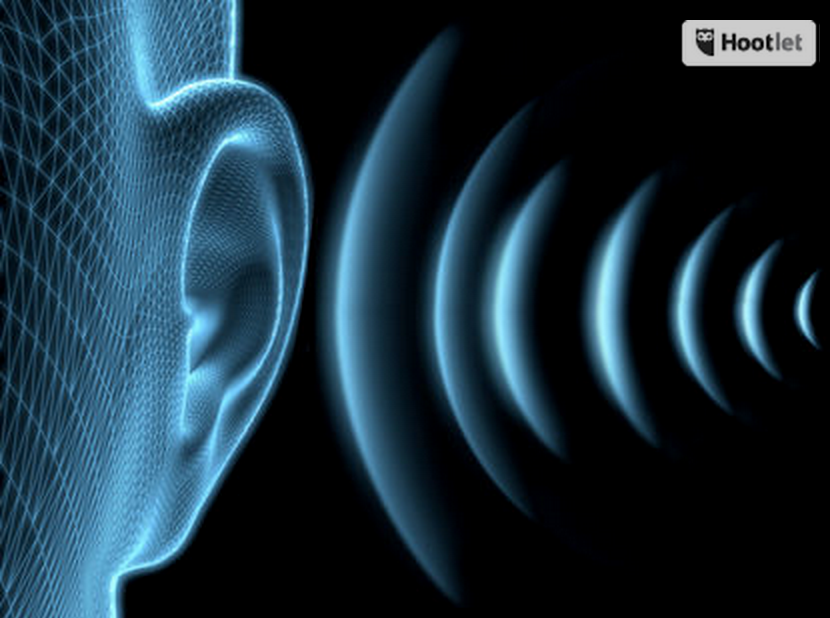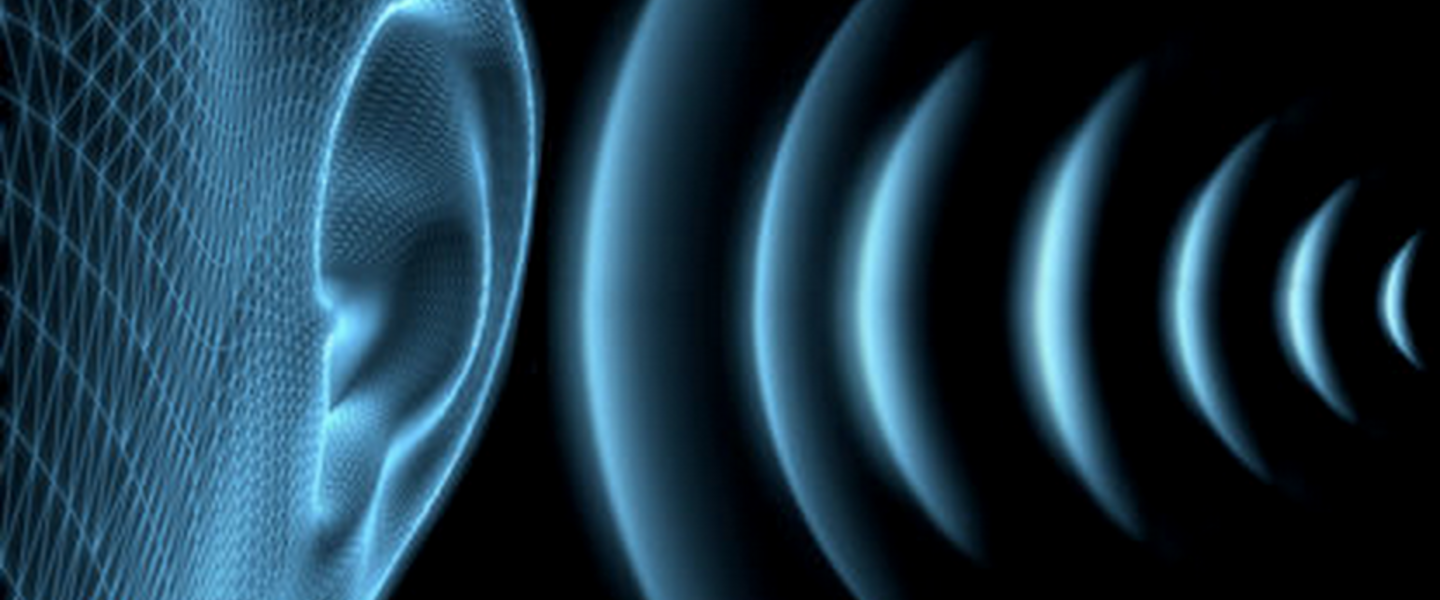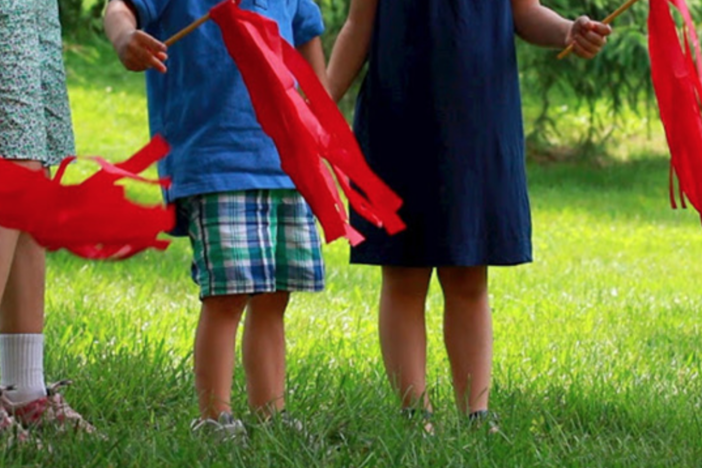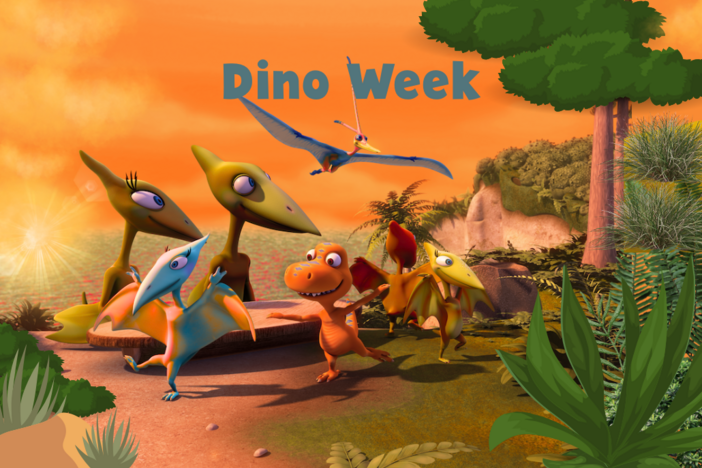
Section Branding
Header Content
Sound Safety for Summer
Primary Content

Add some earplugs to the summer safety kit and your ears will thank you! Soon many families will be celebrating Independence Day and attending outdoor concerts. While many families will pack sunscreen, sunglasses, water, and hats, few will remember to bring earplugs. This is unfortunate because hearing loss in young people is on the rise. A 2010 study published in the Journal of the American Medical Association showed 1 in 5 children ages 12–19 suffers from hearing loss, an increase of 31% since the late 1980s and early 1990s. The good news is that noise-induced hearing loss is completely preventable. I have been on a personal mission to help students protect their hearing, and I hope others will join me in educating today’s youth. The examples below were chosen to help illustrate decibels. As you read through them, consider how many of these regularly occur.
Comfortable hearing levels are under 60 dB, with 85 dB being the level at which hearing damage begins.
Leaves rustling (0 – 20 dB)
Normal conversation (50 dB)
Moderate rainfall (50 dB)
Dishwashers (50 dB)
Traffic (70-85 dB)
Vacuum cleaners (60-70 dB)
No more than 15 minutes of unprotected exposure is recommended for sounds between 90–100 dB. Sounds that are louder than 85 decibels can cause permanent hearing loss. When noise is too loud, it begins to kill the hair cells and nerve endings in the inner ear; therefore, the longer you’re exposed to loud noises, the more likely you are to permanently damage your hearing.
Lawn mowers (90 dB)
Hair dryers (90 dB)
Motor cycle engine (90 dB)
Personal music players at full volume (100 dB)
Hand drill (100 dB)
Regular exposure to sounds over 100 dB for more than one minute can put one at risk of permanent hearing loss.
Concerts (110 dB)
Car horns (110 dB)
Sporting events (110 dB)
Siren from emergency vehicle (120 dB)
Fireworks (140 dB)
Jet engine (140 dB)
Custom car stereos at full volume (140 dB)
Gunshot (140 – 190 dB)
Many children and teens listen to music, watch videos, and play games on devices at dangerously high volumes. They could be paying an unfortunate price in the form of noise-induced hearing loss. The American Speech-Language-Hearing Association (ASHA) urges parents to help protect their children with a few simple safe listening tips:
Keep the volume down. A good guide is a maximum of half way, maintaining the ability to hear additional sounds.
Limit listening time. Everyone's ears benefit from a break.
Model good listening habits.
When participating in activities where the decibel ranges are higher, several types of protective earplugs and earphones are available. Most pharmacies, hardware stores, and sporting goods stores carry disposable and reusable earplugs. If your teen thinks that earplugs decrease enjoyment of concerts, you may want to purchase discreet musician and musician-enthusiast earplugs. These are specially designed to protect ears while retaining the musical sounds.
To learn more, visit the links curated in this Appolearning Collection: https://www.appolearning.com:443/collections/embed/8360893e-ec8e-4bf4-9a0d-f69070b5f137 Enjoy a happy and safe summer!






